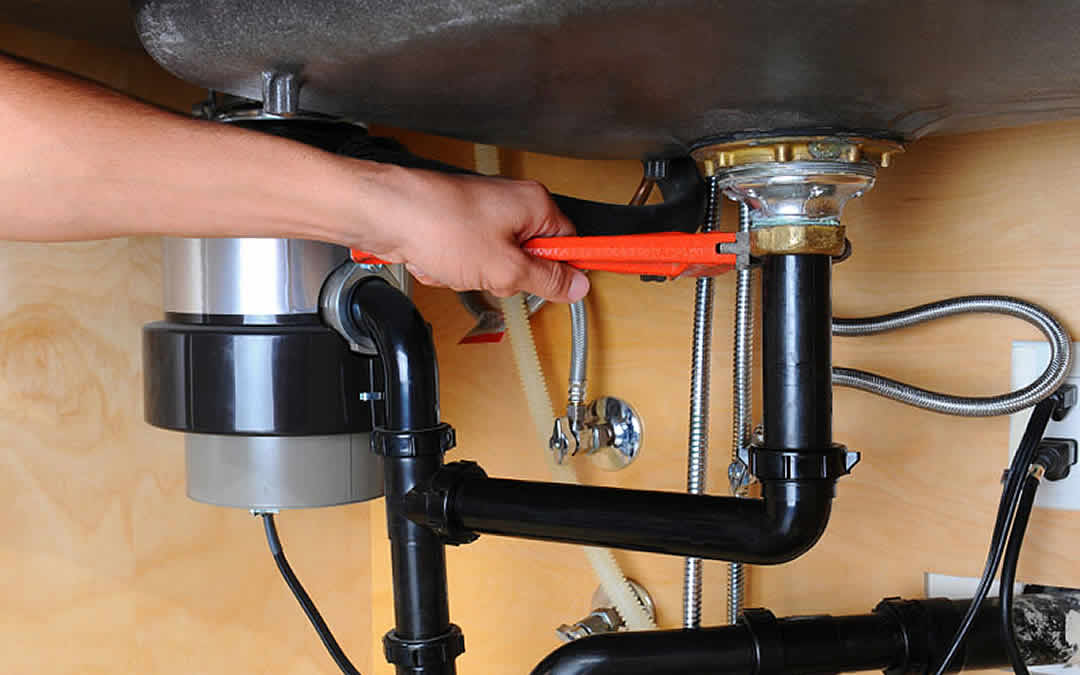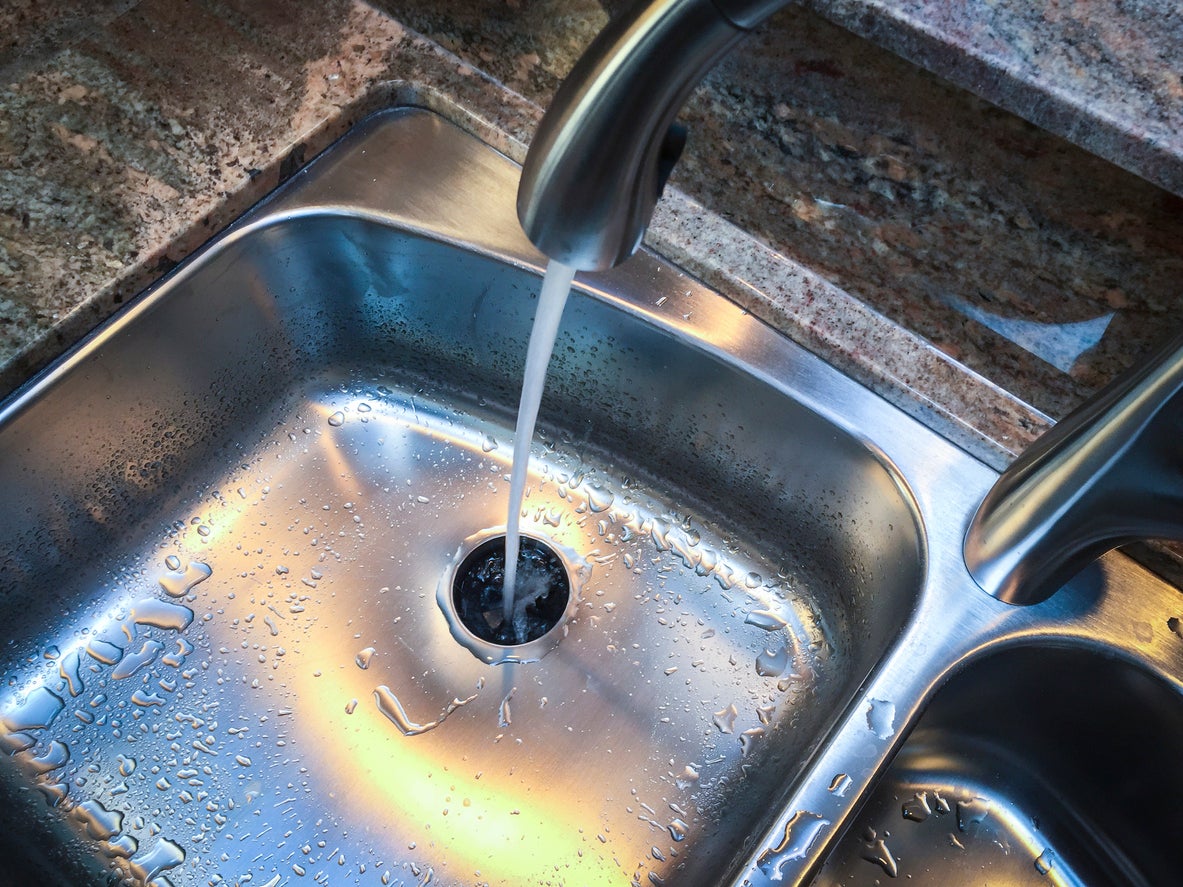Simple Steps to Stop a Leak in Your Garbage Disposal
Simple Steps to Stop a Leak in Your Garbage Disposal
Blog Article
Do you find yourself in search of answers concerning Tips on Fixing a Leaking Garbage Disposal?

Garbage disposals are crucial kitchen home appliances that aid in dealing with food waste effectively. Nevertheless, a leaking waste disposal unit can be an aggravating and messy trouble to take care of. The good news is, many leakages can be taken care of quickly with a few easy actions. In this write-up, we will talk about exactly how to fix a dripping garbage disposal effectively.
Intro
Garbage disposals are set up under kitchen area sinks and are designed to shred food waste right into smaller pieces, allowing it to travel through the pipes system quickly. While these tools are usually reputable, leakages can take place over time due to damage, loose links, or damage to the unit.
Common Root Causes Of Leakages in Rubbish Disposals
Worn Seals and Gaskets
Seals and gaskets play a crucial role in protecting against water from dripping out of the garbage disposal. Over time, these components can deteriorate, leading to leaks around the disposal system.
Loose Connections
The connections in between the waste disposal unit and the plumbing system can end up being loosened over time, causing water to leakage out throughout operation.
Splits or Openings in the Disposal System
Physical damage to the garbage disposal, such as cracks or openings in the housing, can also lead to leakages.
Identifying the Source of the Leak
Prior to attempting to take care of a dripping garbage disposal, it is necessary to determine the resource of the leak. This can commonly be done with aesthetic examination or by performing easy tests.
Visual Examination
Check the garbage disposal system thoroughly for any kind of signs of water leakage. Pay close attention to locations around seals, gaskets, and link points.
Examining for Leaks
One means to test for leaks is by running water through the disposal system and checking for any noticeable indicators of leakage.
Devices and Products Needed for Taking Care Of a Leaking Waste Disposal Unit
Prior to starting the repair service process, collect the needed tools and products, consisting of a screwdriver, adjustable wrench, plumbing's putty, replacement seals or gaskets, and epoxy or patching product for fixing fractures or holes.
Step-by-Step Overview to Repairing a Leaking Garbage Disposal
Switch off the Power
Prior to trying any kind of repairs, ensure that the power to the waste disposal unit system is turned off to stop the threat of electric shock.
Situate the Leak
Identify the specific place of the leak and establish the cause.
Tighten up Connections
Utilize a wrench to tighten any kind of loose links between the disposal device and the plumbing system.
Change Seals or Gaskets
If the leak is due to used seals or gaskets, remove the old components and replace them with brand-new ones.
Patching Splits or Holes
For splits or openings in the disposal unit, usage epoxy or an appropriate patching material to secure the broken location.
Evaluating the Waste Disposal Unit After Repair
Once the repair is full, examine the waste disposal unit by running water with it to guarantee that the leak has actually been solved.
Preventive Maintenance Tips to Stay Clear Of Future Leakages
To stop future leakages, it is important to perform normal upkeep on your garbage disposal. This consists of keeping it tidy, staying clear of placing non-food products or tough objects down the disposal, and occasionally checking for leaks or other concerns.
Final thought
In conclusion, fixing a dripping waste disposal unit is a relatively straightforward procedure that can be completed with standard tools and products. By complying with the actions described in this post and practicing preventative upkeep, you can keep your waste disposal unit in good working problem and prevent costly fixings in the future.
HERE’S HOW TO FIX YOUR GARBAGE DISPOSAL
WHAT TO DO IF SOMETHING IS STUCK IN YOUR GARBAGE DISPOSAL
If the impeller won’t turn, there’s probably something stuck in the disposal. It could be a steak bone or peach pit, although plumbers report pulling all sorts of inappropriate objects out of disposals, such as bottle caps or aluminum foil. Make sure power to the disposal is off, and look inside to see if you can see the source of the jam.
Never stick your fingers in a disposal. Pull out anything you see with tongs or pliers.
If the disposal still won’t work, it may be time to call a plumber or consider buying a new disposal. GEM Plumbing & Heating is here for all of your garbage disposal needs.
WHAT TO DO IF YOUR GARBAGE DISPOSAL DRAIN IS CLOGGED
Take everything out from underneath your sink and put a bucket or other container under your disposal to catch any water that drains out. Disconnect your disposal from the power supply. If it’s plugged into a wall outlet, unplug it. If it’s hardwired into an electrical box, go to the electrical panel and turn off the breaker for the disposal. Pour ¼ cup of baking soda into the drain, followed by ½ cup of white vinegar. Give the solution a few minutes to fizz and do its work. Look into the disposal with a flashlight to see if you can see an object that might be causing the clog. If you see it, remove it using tongs or pliers. MORE TIPS ON DEALING WITH A CLOGGED GARBAGE DISPOSAL
Never use drain cleaner in a garbage disposal. It can damage the plastic parts inside the disposal. You can also be splashed with the caustic liquid while working to clear the clog. Beware! Never stick your fingers into a garbage disposal. Trust us — not a good idea. In many instances, your dishwasher drains through your garbage disposal. This allows the disposal to grind any large food particles that may be drained out of your dishwasher. There are some jurisdictions, however, where the plumbing code prohibits such a connection. WHAT TO DO WHEN YOUR DISHWASHER DRAINS THROUGH THE DISPOSAL
Run some water in the sink so your plunger has at least a ½-inch of water to create a seal and plunge vigorously up and down several times. You may need to repeat this several times. Run hot water down the drain to clear any residue that remains.

Do you enjoy reading about Why Is ? Post feedback further down. We'd be delighted to listen to your reactions about this content. In hopes that you come back again in the future. Sharing is nice. You won't know, you may just be doing someone a favor. We recognize the value of reading our article about Tips on Fixing a Leaking Garbage Disposal.
Book Your Installation Report this page